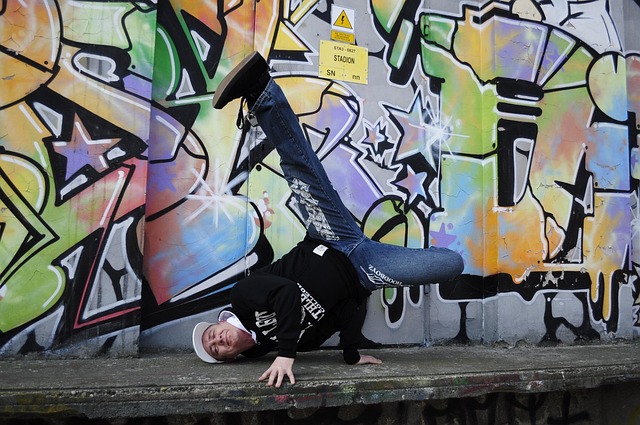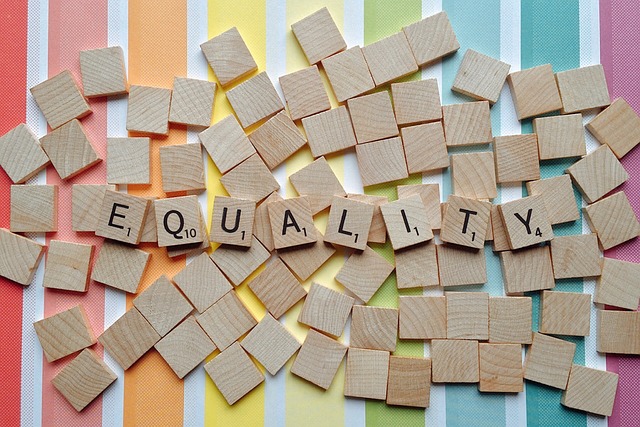
Bridge the Gap: Healing Conflicts Through Dialogue in Relationships
In every relationship, whether romantic, familial, or platonic, a profound connection is built on communication. Yet, there are times when we find ourselves grappling with a lack of dialogue. This absence of open communication can lead to misunderstandings, resentments, and emotional distance. Recognizing the need for dialogue is the first step in addressing conflicts and fostering healing.
When we experience a breakdown in communication, it often stems from fear or vulnerability. We may worry about our partner’s reaction or feel that our emotions will not be understood. This fear can create a barrier, preventing us from expressing our needs and concerns. To mend this divide, it’s essential to cultivate a safe space for dialogue. Start by letting your partner know that you value open communication and that you are willing to listen without judgment.
Practicing active listening is a vital aspect of healing conflicts through dialogue. Make a conscious effort to understand your partner’s perspective. Ask questions that encourage them to elaborate on their feelings, which can help illuminate the underlying issues contributing to the tension. Reflect back what you hear, ensuring they feel heard and validated. This creates an environment where both partners can feel safe to express their emotions without fear of backlash.
In addition to listening, it’s crucial to express your own feelings honestly. Share your thoughts on the conflict and how it has affected you, using “I” statements that center your experience rather than blaming or criticizing your partner. For example, saying “I feel neglected when we don’t communicate” is more constructive than saying “You never talk to me.” This approach fosters understanding and opens the door to a more fruitful conversation.
Remember that healing conflicts through dialogue is not a one-time event but an ongoing process. Make it a habit to check in with your partner regularly about your relationship. These small, consistent conversations can help prevent misunderstandings from escalating into larger conflicts. When both partners feel comfortable sharing their thoughts and feelings, it lessens the likelihood of a lack of dialogue that can spiral into deeper issues.
Moreover, try to be mindful of your non-verbal communication. Body language, tone of voice, and facial expressions can convey messages just as powerfully as words. Ensure that your body language is open and inviting, rather than defensive or closed off. By being aware of how you present yourself during these discussions, you can create a more inviting atmosphere for dialogue.
If a conflict seems particularly challenging, consider seeking the aid of a third party, such as a therapist or counselor. These professionals can provide valuable tools and techniques to facilitate effective communication. Therapy offers a neutral space where both partners can express their feelings and receive guidance on how to navigate conflicts healthily.
Ultimately, it is vital to remember that conflict is a natural part of any relationship, and navigating it with grace requires effort from both partners. By addressing the root causes of a lack of dialogue, you can bridge the communication gap and lay a strong foundation for a healthier, more fulfilling relationship. This journey toward understanding and healing influences not only the bond you share with your partner but also fosters personal growth, empathy, and resilience within both individuals.


